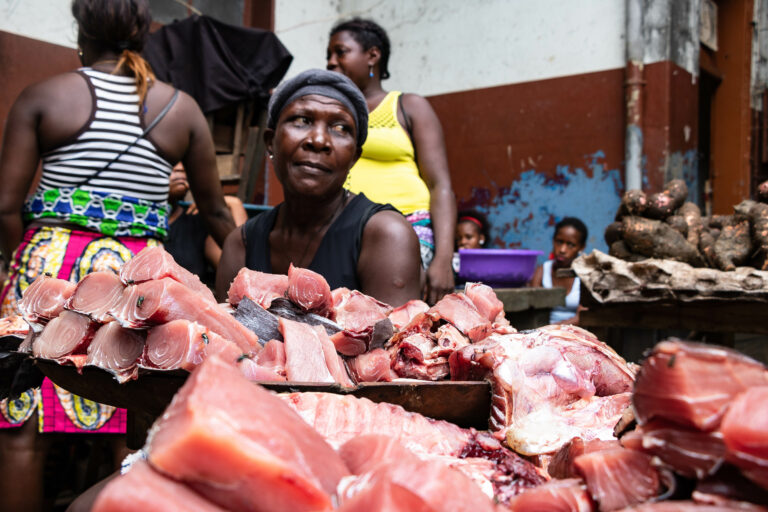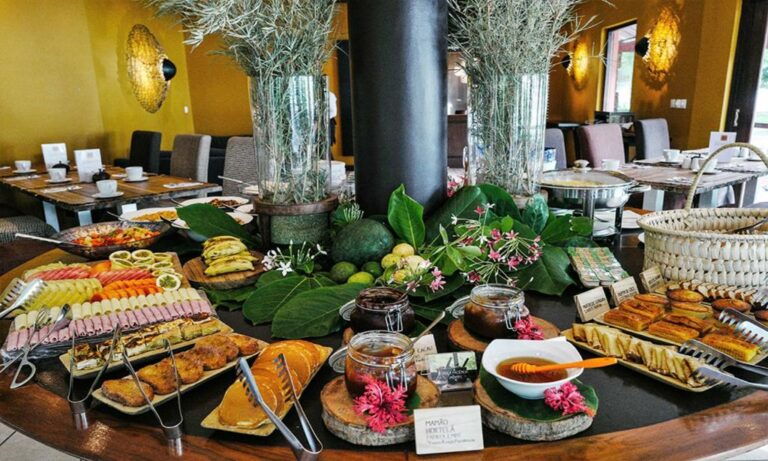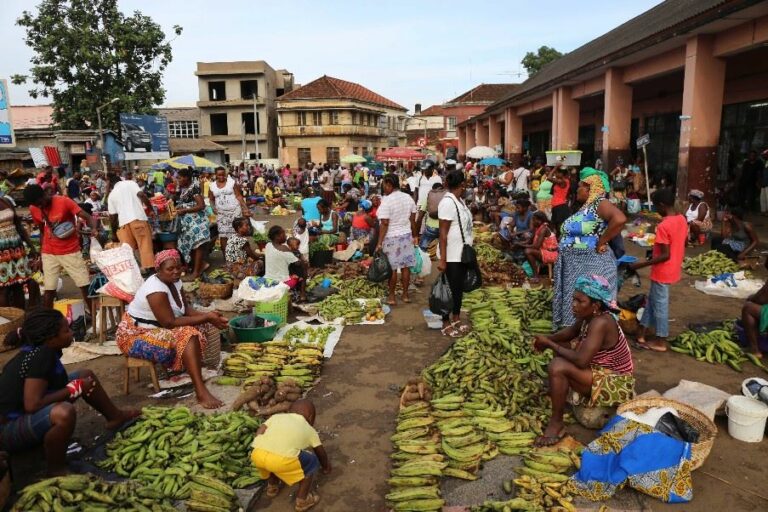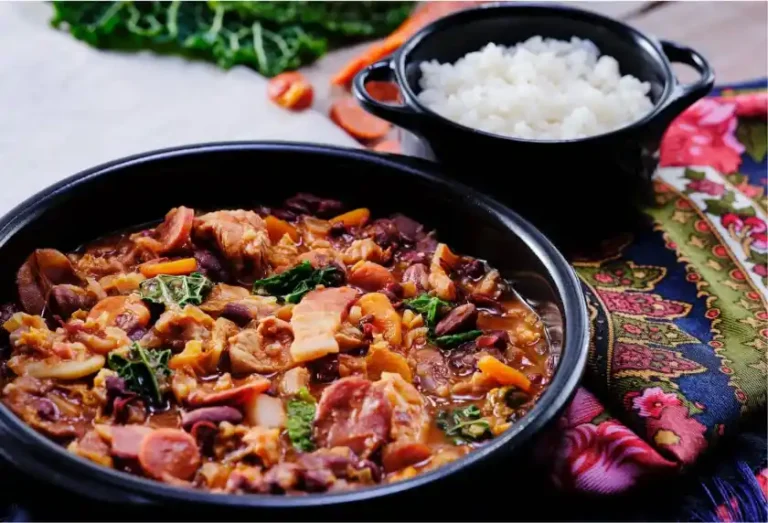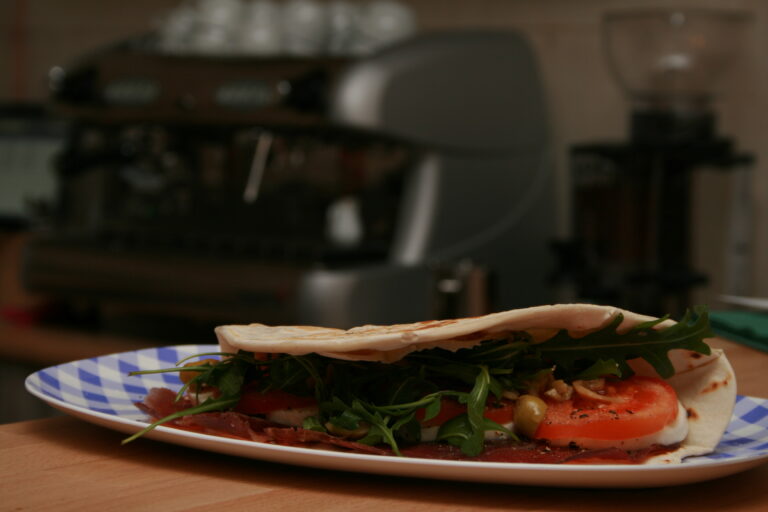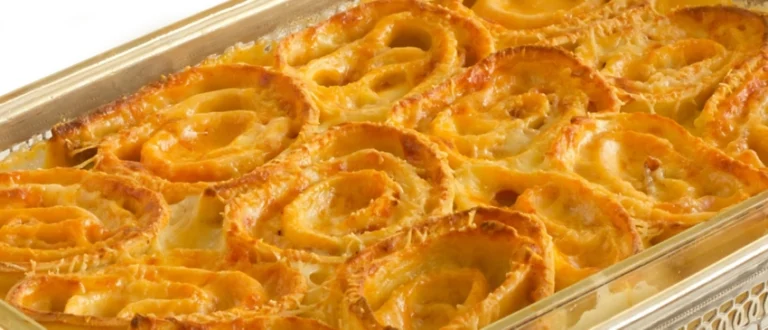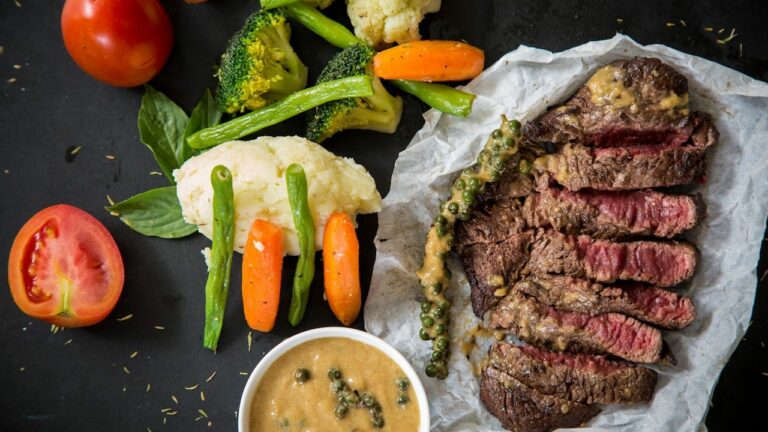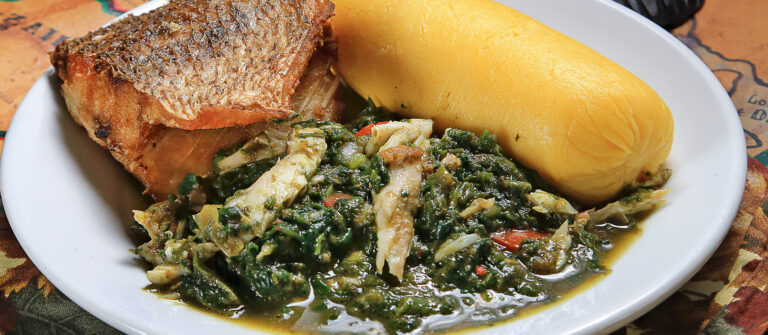Introduction: Street food culture in São Tomé and Príncipe
Street food culture in São Tomé and Príncipe is an essential part of the island’s food scene. From savory stews to sweet cakes, the street food scene in São Tomé is diverse, colorful, and full of flavor. The use of fresh seafood, spices, and tropical fruits and vegetables is prominent, making street food in São Tomé a unique culinary experience for both locals and tourists.
Street food vendors can be found in every corner of the city, and the food is usually prepared in front of you, giving you a glimpse of the flavors and techniques used in São Tomé’s traditional cuisine. São Tomé street food is affordable, delicious, and an excellent way to taste the local culture.
The top must-try street food items in São Tomé
Sao Tome and Principe offer a wide range of street food options, but there are a few must-try dishes that you should not miss. Here are the top five street foods that you should try when visiting São Tomé:
1. Calulu: A traditional dish with fish or meat
Calulu is a traditional dish that is made with fish or meat, cassava leaves, palm oil, tomatoes, onions, and spices. The ingredients are cooked for several hours until they form a thick and flavorful stew. Calulu is usually served with rice, boiled or fried plantains, and a side salad. This dish is a staple of São Tomé’s cuisine, and it is a must-try for anyone visiting the island.
2. Mancarra: A spicy peanut stew with chicken or beef
Mancarra is a peanut-based stew that is typically made with chicken or beef, okra, onions, tomatoes, palm oil, and spices. The stew is cooked for several hours until the flavors have developed and the meat is tender. Mancarra is served with rice, boiled or fried plantains, and a side salad. The dish is flavorful, spicy, and nutty, making it a favorite among locals.
3. Linguiça: Grilled sausage with chili and garlic
Linguiça is a grilled sausage that is seasoned with chili and garlic. The sausage is made with pork, and it is cooked over an open flame until it is crispy and juicy. Linguiça is usually served with bread, boiled or fried plantains, and a side salad. The dish is simple, yet flavorful, and it is a popular street food in São Tomé.
4. Pastéis de feijão: Bean cakes with coconut and sugar
Pastéis de feijão are bean cakes that are made with mashed beans, coconut, and sugar. The ingredients are mixed together and shaped into small cakes that are then deep-fried until golden brown. The cakes are crispy on the outside and soft and sweet on the inside. Pastéis de feijão are usually served as a dessert or mid-day snack.
5. Bolo de fubá: Cornmeal cake with coconut and cinnamon
Bolo de fubá is a cornmeal cake that is flavored with coconut and cinnamon. The cake is made with cornmeal, sugar, eggs, milk, coconut, and cinnamon. The ingredients are mixed together and baked until the cake is golden brown and fluffy. Bolo de fubá is usually served for breakfast or as a mid-day snack.
Conclusion: Experience the rich flavors of São Tomé’s street food scene
São Tomé’s street food scene is full of flavor, and it is a must-try for anyone who wants to experience the island’s culture. From traditional stews to sweet cakes, São Tomé’s street food offers a diverse range of dishes that are both delicious and affordable. So, if you are visiting São Tomé, make sure to try these must-try street foods and explore the island’s vibrant food scene.

